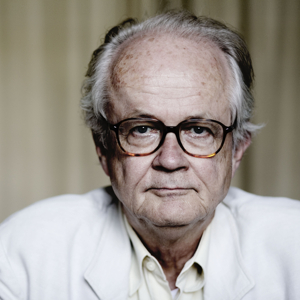Vermont Rhythms
Tom Johnson on ‘Vermont Rhythms’: “This piece is called Vermont Rhythms because it would never have been written without the cooperation of two Vermont mathematicians, working at the University of Vermont in Burlington. In answer to a question of mine, Susan Janiszewski, with her advisor, Professor Jeffrey H. Dinitz, constructed a remarkable list of all the 462 six-note rhythms possible in an 11-beat period. Their impressive list distributes the rhythms in 42 groups of 11, each group forming an 11 by 11 square. All 42 squares contain six elements in each row and six elements in each column, giving maximal rhythmic variety within the 11 phrases of each square. Each six-note rhythm has exactly three beats in common with each of the 10 others, and mathematicians will appreciate additional symmetries in these configurations.
“My primary interest was the 462 rhythms, but I soon realized that I could choose pitches by employing the 462 six-note chords possible on an 11-note scale at the same time, so I did that too. Of course, much of this organization will not be heard consciously, even by very astute listeners, but some of it will be quite clear to everyone, and it is satisfying to know that many unheard symmetries are also present, reflecting one another in the background.”
The work was written for and premiered by Ensemble Klang at Kettle’s Yard, in Cambridge (UK) in 2009.
- 1 Feb 2009, Kettle's Yard, Cambridge (UK)
Performances
- Kettle's Yard, Cambridge, UK (1 Feb 2009)
- Reina Sofia, Madrid, Spain (15 Feb 2010)
- Orgelpark, Amsterdam (13 Mar 2010)
Tom Johnson
Tom Johnson (b. 1939) belongs to a rich tradition of artists, from Marcel Duchamp through John Cage, who prefer ‘finding’ to ‘creating’. In Johnson’s case, a surprising musical beauty is found in the regularity, logic and symmetry of pre-existing mathematical structures. A clarity of texture, an ear for transparent harmony and a preference for simple and elegant rhythmical designs are more than mere characteristics of Johnson’s sound world, they are structural determinants that drive the forms themselves.

